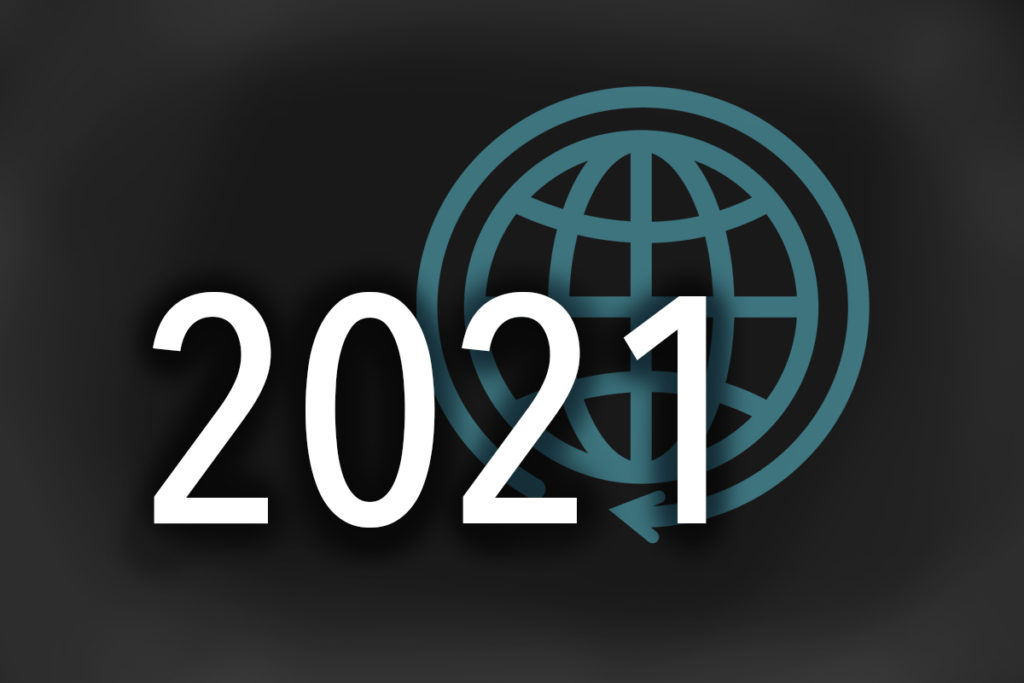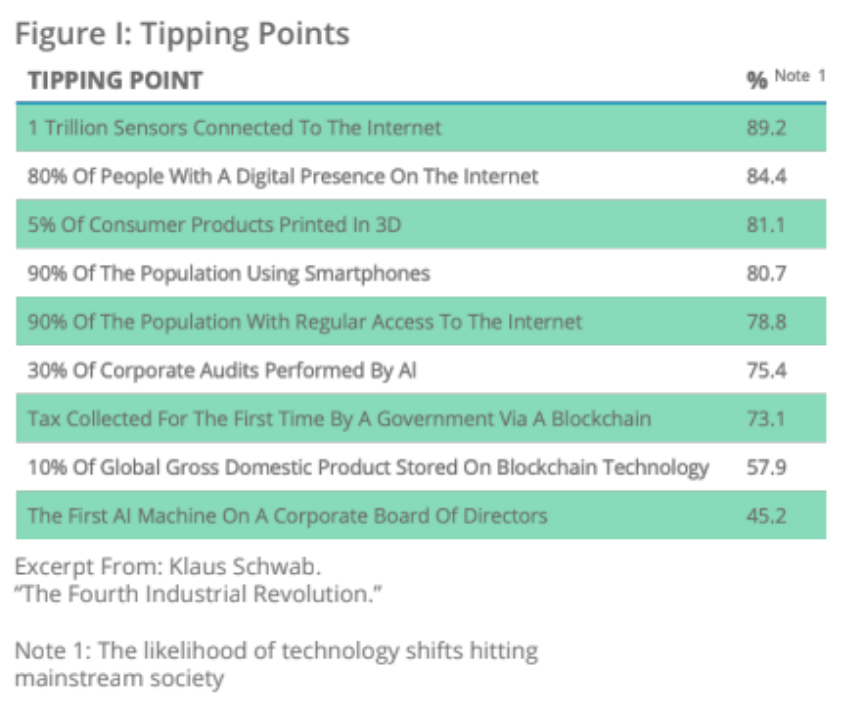
2020 was a year full of many new challenges, and showed the importance of transformative risk management more than ever.
What is transformative risk management, and how is it different from traditional risk management?
When an organization adopts our transformative risk management approach, we help them mature from disorganized risk management processes to a state of defined processes that are followed and automated in the organization’s ecosystem. This includes integration of previously siloed processes across all areas of the business’ operations, encompassing those that are run fully internally and also those that include participation from external partners. This is truly a transformative event in the life cycle of an organization, and its community, and has many benefits, including reduced costs, lowered risks, and improved performance.
There are many things organizations should be looking out for as they face new and changing risks both internally and externally in the year ahead.
The impact and nature of risks are changing; by adopting the transformative risk management approach, organizations will be better prepared to identify and mitigate the risks and therefore will develop a ‘herd immunity’ to risks.
This excerpt from our recent whitepaper explains well how risk management will be changing in 2021 and beyond—
“Organizations are organically embarking on a journey to transform business activities, processes, competencies, and models to fully leverage the changes and opportunities of digital technologies and their impact across society in a strategic and prioritized way – a digital transformation journey.
Klause Schwab introduced the Fourth Industrial Revolution at the 2015 World Economic Forum as “the fusion of technologies and their interaction across the physical, digital and biological domains…”
He then goes on to state that “technology and digitization will revolutionize everything.” The broad landscape of technology drivers are organized in the megatrends for the industrial revolution as follows:
- Physical: Autonomous vehicles, 3D printing, advanced robotics, and new materials
- Digital: The internet of things, Blockchain, and Artificial Intelligence
- Biological: Innovations in the biological realm in particular genetics and synthetic biology
These trends are translated into 21 tipping points that will shape our future digital and hyper-connected world in the next ten years.

Organizations will have to demonstrate unprecedented agility to be competitive and relevant. They will have to break down the more traditional industry silos and value chains to change the existing relationships between business and their customers.
This leads to the questions:
- How are risks for organizations being changed by the Fourth Industrial Revolution and the interconnectivity of the world?
- Do Risk Management processes need to change in response, and, if so, how?”
Our risk professionals have helped many clients transform their GRC programs from either non-existent or ad-hoc in nature to fully managed, measured and further optimized.
